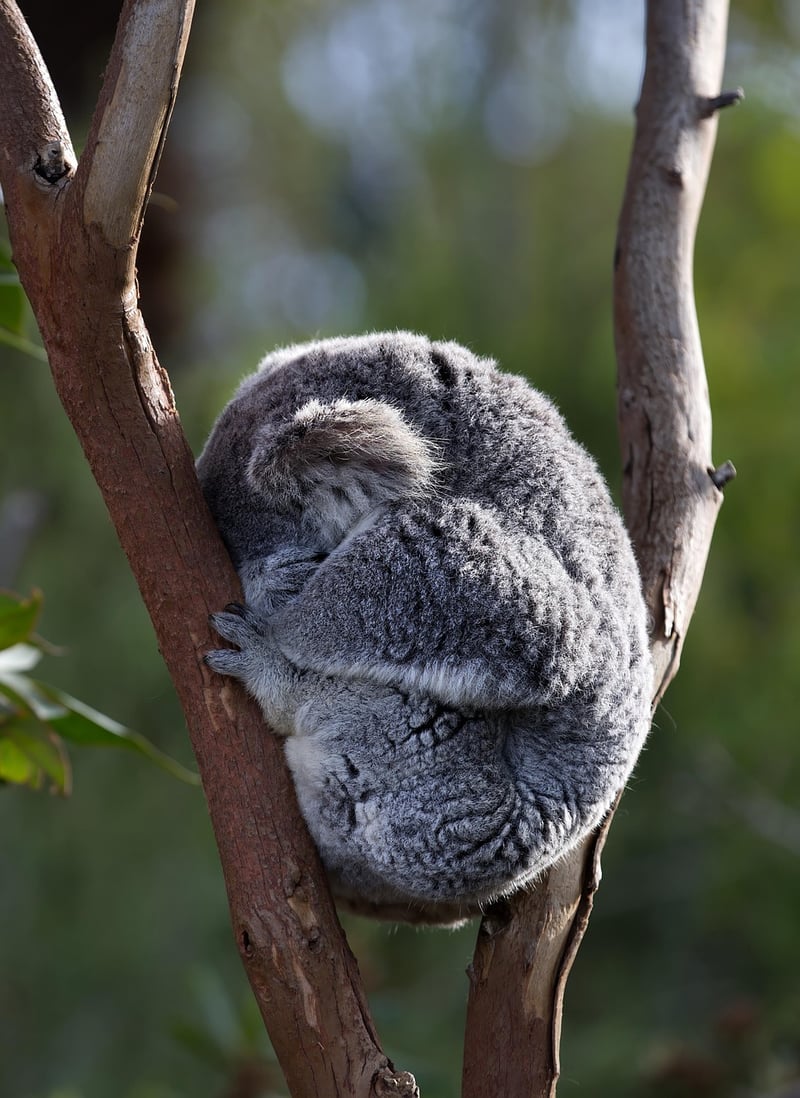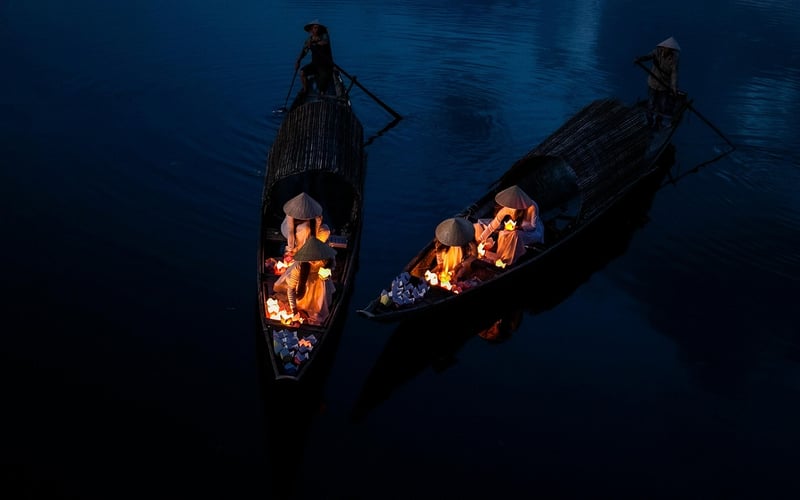Participatory Traditions
Engaging and Involving Ceremony Rituals
Ceremony rituals have been an integral part of human culture for centuries, serving as a way to mark significant events, transitions, and milestones in our lives. These rituals often involve symbolic actions, words, and gestures that hold deep meaning for those participating. In recent times, there has been a growing interest in making these ceremonies more engaging and involving for all participants. Let's explore some ways to enhance the experience of ceremony rituals:
1. Incorporating Interactive Elements
One way to make ceremony rituals more engaging is by incorporating interactive elements that invite participants to actively take part in the proceedings. This could include group activities, storytelling sessions, or even music and dance performances that involve everyone present.
2. Personalizing the Experience
Personalization can greatly enhance the meaning and significance of a ceremony ritual. By allowing participants to share their thoughts, memories, or wishes during the ceremony, it creates a more intimate and heartfelt experience for everyone involved.
3. Embracing Cultural Traditions
Many ceremony rituals are steeped in cultural traditions that have been passed down through generations. By embracing and honoring these traditions, participants can feel a deep connection to their heritage and ancestors, adding a layer of richness to the ceremony.
Participatory Traditions
Participatory traditions are rituals or customs that actively involve all individuals present in a ceremony or event. These traditions emphasize collective participation and create a sense of unity among participants. Here are some examples of participatory traditions:
- Circle Ceremony: In this tradition, participants form a circle symbolizing unity and equality. Each person has an equal voice and role in the ceremony, fostering a sense of community.
- Sharing Circles: Participants take turns sharing their thoughts, feelings, or experiences in a safe and supportive environment. This tradition promotes active listening and empathy among participants.
- Community Dance: A lively and energetic dance that involves everyone present. It promotes joy, celebration, and togetherness, creating a memorable experience for all.
By incorporating participatory traditions into ceremony rituals, we can create meaningful and inclusive experiences that resonate with all participants.

